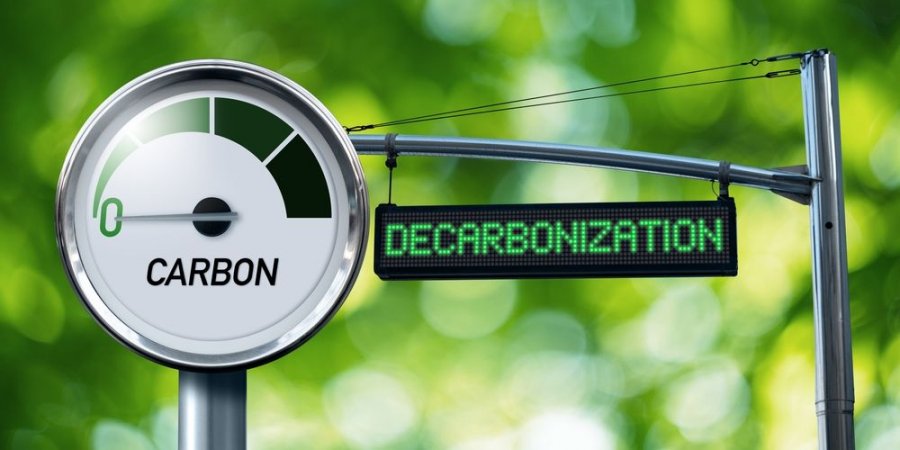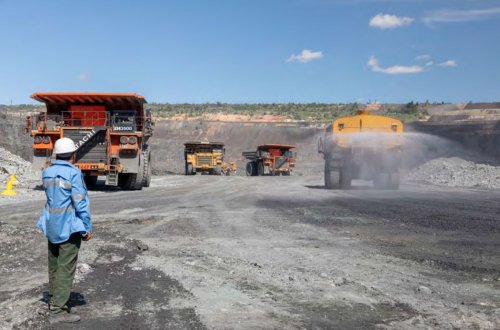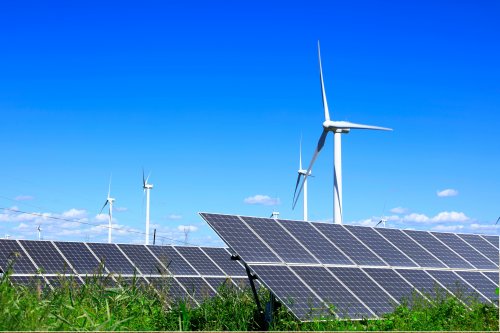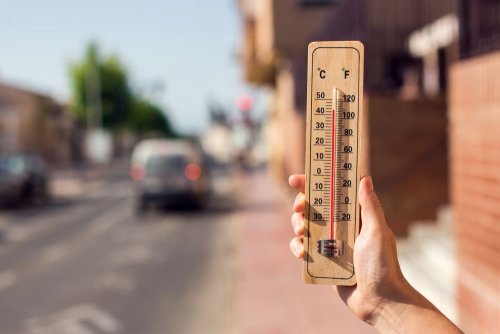Decarbonization of the Ukrainian steel industry could cost around $12 billion, which is an unaffordable amount for companies during the war.
These estimates by experts from the GMK Center are given in an article on the decarbonization of Ukrainian industry.
In particular, it is emphasized that reducing emissions is a national task, so the state must be involved in the process of finding funding for the transition to green steel industry. We are talking about Ukrainian enterprises' access to European green financing.
That is why Ukrainian steel enterprises critically need access to European instruments. In particular, such as the Just Transition Fund, the Innovation Fund, grants, and preferential financing for green transition projects.
For example, in Canada, the government finances half of the cost of projects to transition to electric arc furnace (EAF) production. The latest co-financing of a green project is the $1.8 billion EAF transition of the Dofasco steel mill, 50% of which was financed by the state. The money comes to companies from Canada's federal and provincial budgets, where businesses previously paid taxes on CO2 emissions.
According to analysts, in Ukraine, funds for emissions go into the general state budget, where they are dissolved among other expenses. Experts are calling for the establishment of a targeted use of environmental payments and their allocation to the decarbonization of industry.
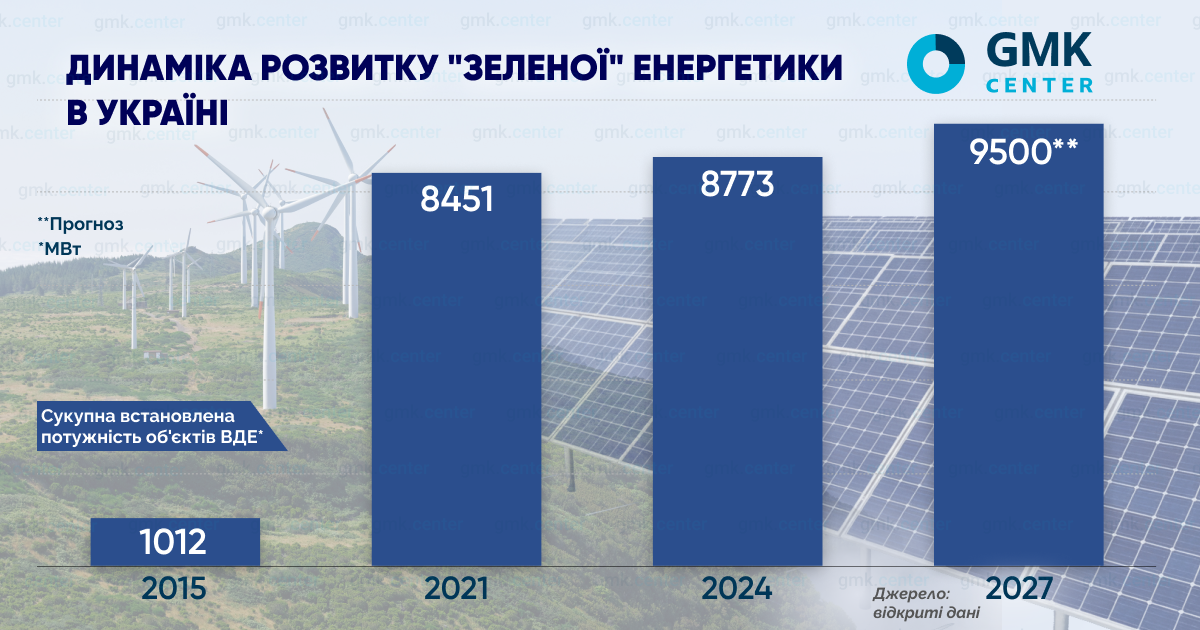
Photo: gmk.center.ua
Analysts also drew attention to the experience of Japan, where the government provides tax credits of $149 for each ton of “green” steel produced at facilities built as part of the decarbonization of steel plants.
Experts emphasized that in the current conditions, when more than 50% of the Ukrainian state budget deficit is financed by external financial assistance, this is not a very realistic option for the industry.
We would like to remind EcoPolitic readers that last year, the total investment of the international steel group of companies Metinvest in environmental initiatives reached $170 million, which is 2% more than in 2023.
The company allocated this funding as follows:
- 77% was spent on operating expenses for repairs and environmental safety maintenance;
- 23% was spent on capital projects, including equipment upgrades and the introduction of more environmentally friendly technologies.

